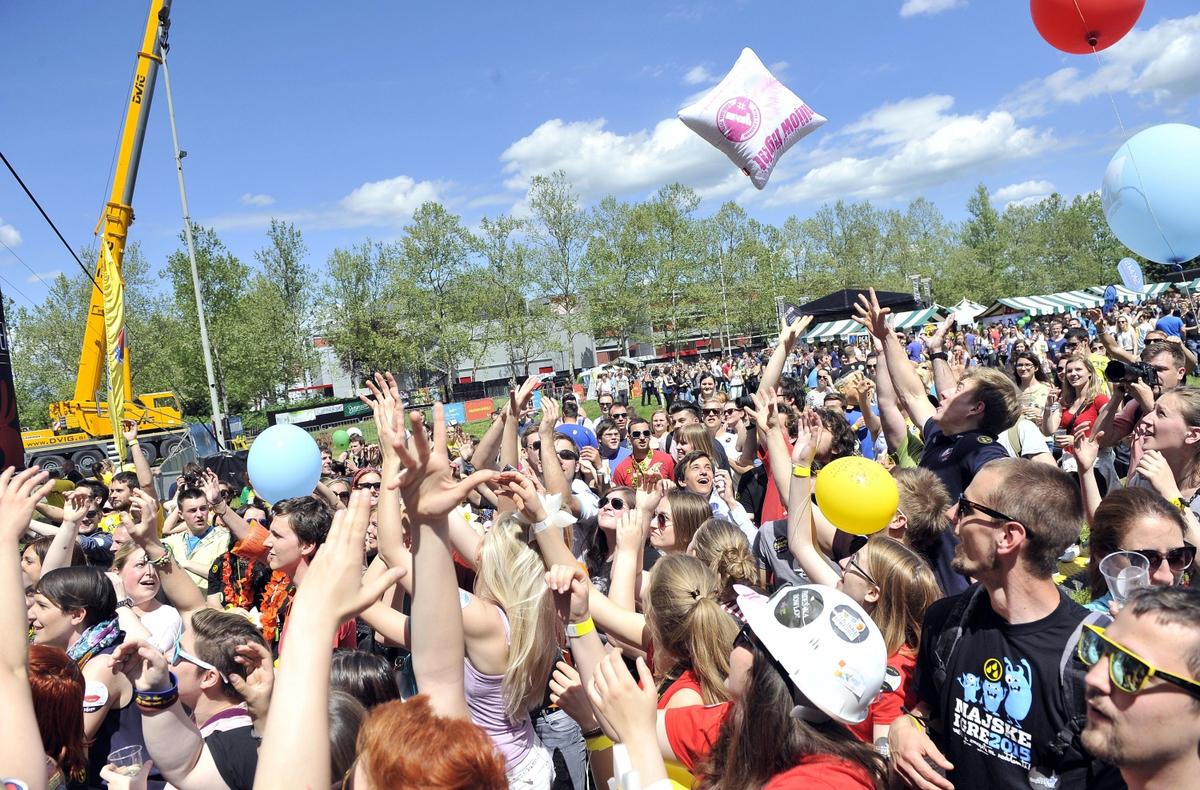
In Europe 26 September has been a day dedicated to languages since 2001. The day was proclaimed by the Council of Europe, which is aware of the importance of language expression and, in addition to knowing one’s mother tongue, points out the learning of foreign languages.
In Europe 26 September has been a day dedicated to languages since 2001. The day was proclaimed by the Council of Europe, which is aware of the importance of language expression and, in addition to knowing one’s mother tongue, points out the learning of foreign languages.
An additional trend is clear in kindergartens in Slovenia, namely the inclusion of foreign children as a result of migration. In 2006, 77 foreign children (16 of them from the EU) were included in kindergartens in Slovenia. In 2015 the number was 905 (82 of them from the EU), which is an increase by more than 11 times.
In the past decade people in Slovenia continue to speak English best
The most recent data show that in 2014 109,699 elementary school pupils were learning a foreign language within the elementary school curriculum. A vast majority of them (97%) were learning English. As regards the second foreign language, Germany predominated with 92%. Of the languages that are spoken in the environment where pupils live, Italian stood out with around 82%. As regards optional subjects, in 2014 pupils decided to learn English in about half of cases, followed by German with 41%, and Italian with 3%; less common languages such as French with just over 2% of pupils and Latin, which was learned by 11 pupils, were also studied.
In upper secondary schools 72,414 pupils were studying one foreign language, 39,330 were studying two foreign languages and 4,173 were studying three foreign languages in 2014. The most common first foreign language taught in upper secondary schools was English (95%), while the most common second foreign language was German (68%) and the most common third foreign language was Latin (28%).
Data for 2013 to 2015 show that the number of adults participating in language courses is growing: in 2013 it was 22,266, in 2014 1,212 more and in 2015 almost a third more than in 2013 (28,827 participants). Most of them participated in English language courses (36%), followed by German (28%), Slovene as a foreign language (15%), Italian (7%), French (just over 4%) and other languages.
As regards knowledge of foreign languages, Slovenians are in the top quarter of European countries
Comparing foreign language proficiency of people in Slovenia in 2011 with European data, 30.8% of people in Slovenia (EU average 20%) were able to speak a foreign language, 41.4% (EU average 35.1%) were able to speak it well and 27.8% (EU average 44.9%) correctly. The data also indicate that correctness of foreign language proficiency in 2007, when the share was 21.5%, increased to 27.8% four years later.
If Slovenians are compared in terms of proficiency in several foreign languages in 2007 and 2011, the figure that stands out the most is that in 2007 34.6% of people spoke three or more foreign languages, while in 2011 the share was 44.9%. The EU average was much lower at 8.8%. As regards proficiency in two foreign languages, Slovenians were better than the EU average by 11.5 percentage points (EU average 21.1%, Slovenia 32.6%). As regards proficiency in three or more foreign languages, Slovenians were fourth behind residents of Luxembourg, Finland and Norway, since almost half of people in Slovenia aged 18–69 spoke three or more foreign languages.
The high level of foreign language proficiency in Slovenia is confirmed by the data on the share of people who do not speak any foreign language; in Slovenia the share was 7.6%, while the EU average was much higher (34.3%).
In Europe 26 September has been a day dedicated to languages since 2001. The day was proclaimed by the Council of Europe, which is aware of the importance of language expression and, in addition to knowing one’s mother tongue, points out the learning of foreign languages.


































































